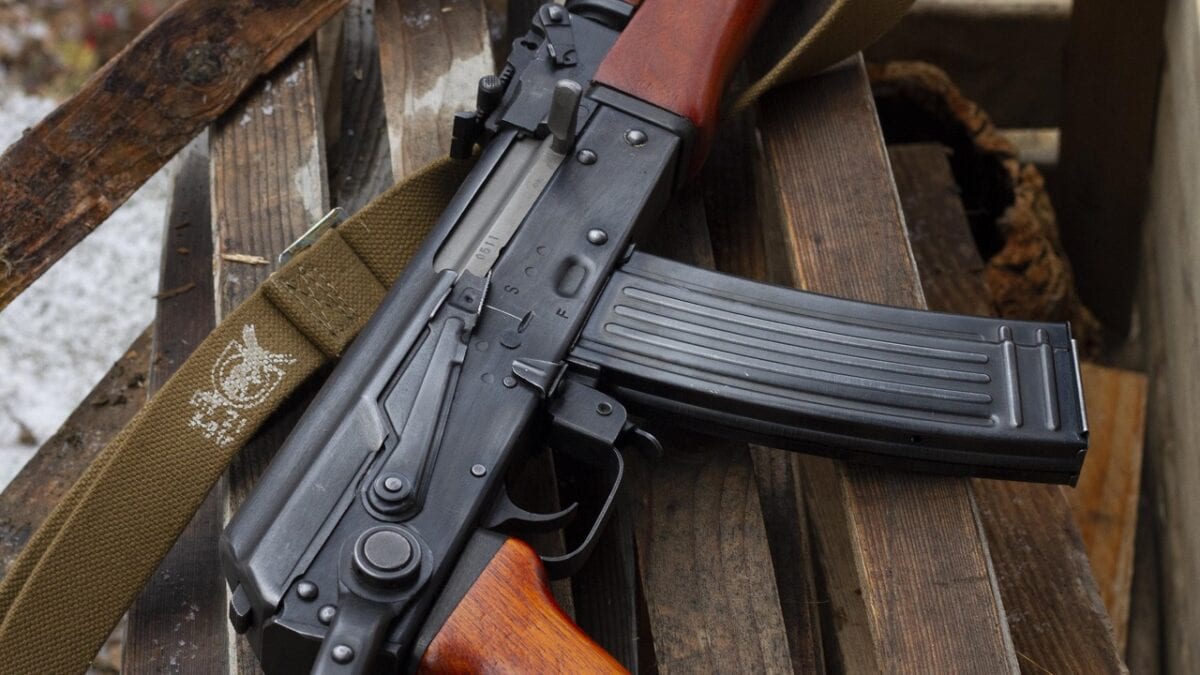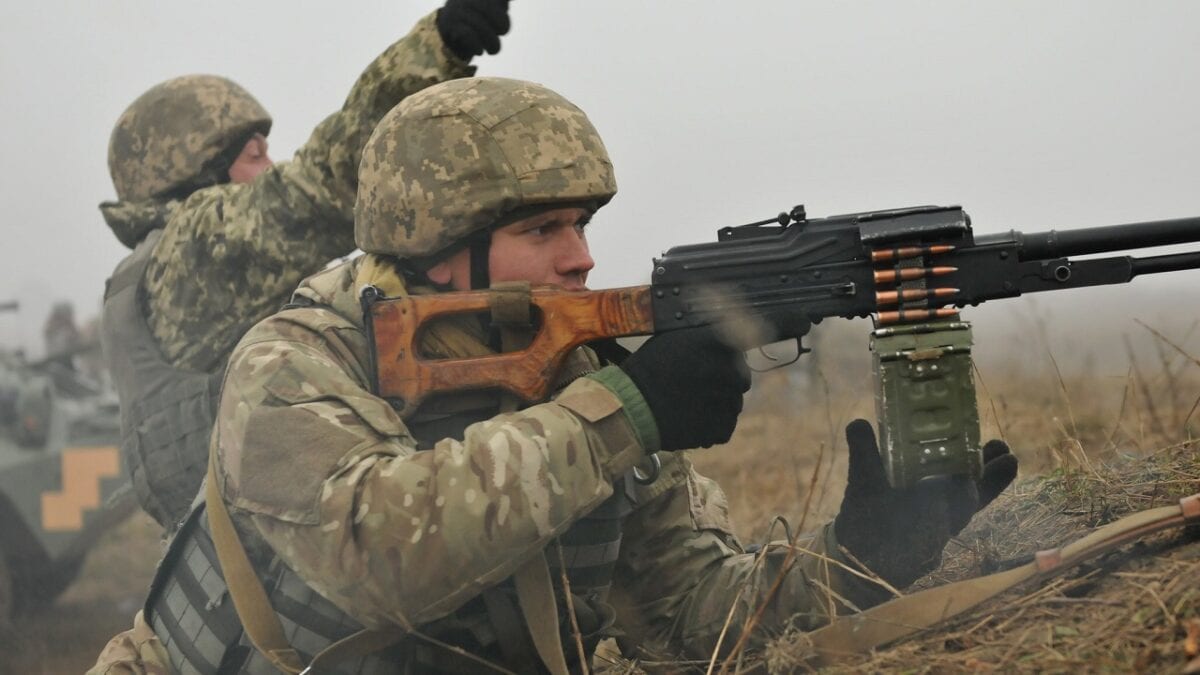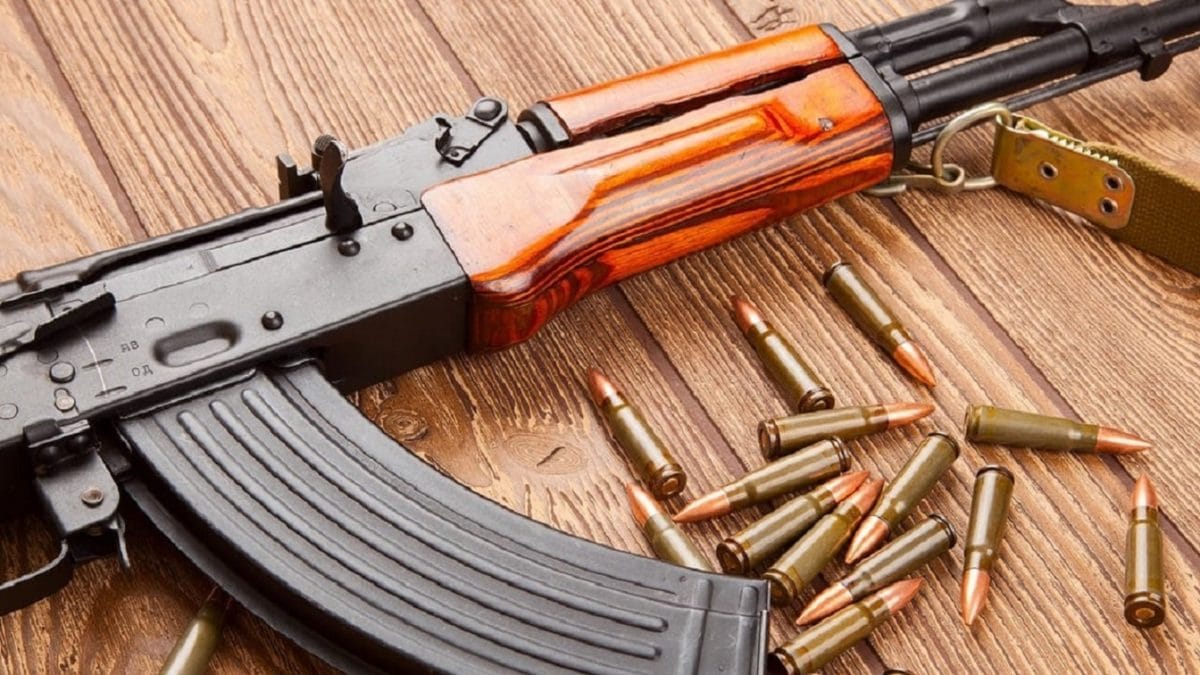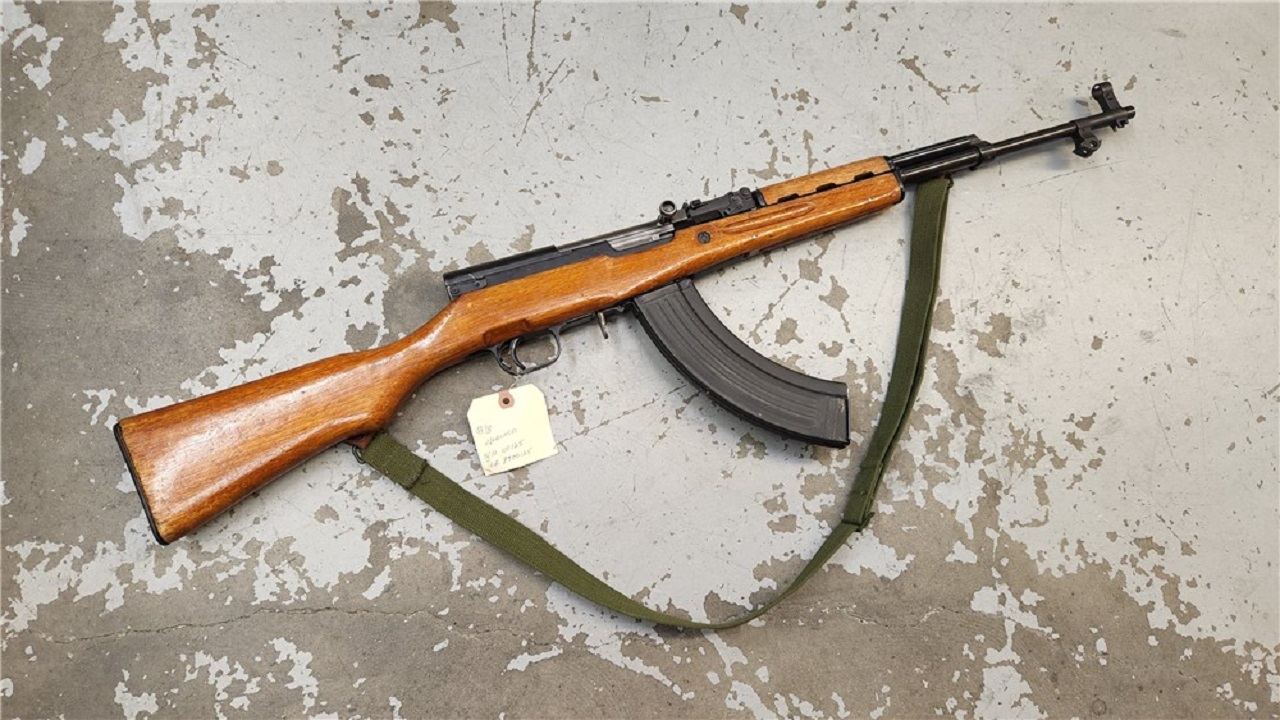Just before the outbreak of the Second World War, the Soviet arms designer Fedor Tokarev developed the SVT-38, a semi-automatic rifle that was chambered for the same 7.62x54mmR cartridge as the Mosin-Nagant. The rifle was built around a gas-operated action along with a gas cylinder cup – something rather complex by Soviet standards of the day.
(Subscribe to Our YouTube Channel Here.)
The new battle rifle had its baptism by fire during the Winter War with Finland (1939-40), and it was hardly a rousing success. Soldiers found the gun too long, too cumbersome, difficult to maintain, and worst of all, it had a removable box magazine that fell out at inopportune times. Another concern for soldiers was that the SVT-38 was not well suited to handle corrosively-primed ammunition, which meant the weapon needed frequent cleaning, something that the Mosin-Nagant didn’t need, and thus something soldiers didn’t frequently do.
Production ceased on the SVT-38 in early 1940 after just 150,000 examples were produced.
Failure of such a magnitude in the Soviet Union could have been the end for Tokarev, but as Stalin’s purges had already left the military woefully unprepared for the coming war with Germany, the arms designer was given another chance. Tokarev went back to the drawing board and the rifle was redesigned and designated the SVT-40. It was lighter, and more importantly, simpler to produce.
The Samozaryadnaya Vintovka Tokarev (“Tokarev Self-loading Rifle, Model 1940”), or SVT-40, has often been mislabeled as the “Soviet’s take on the M1 Garand.” That isn’t exactly accurate, as the operating systems are considerably different – and it is doubtful Tokarev would have likely even seen the newly developed American rifle.
The SVT-40 was meant to replace the Mosin-Nagant, yet, when Germany invaded in June 1941, production was only ramping up. Thousands of the rifles were captured, and it was studied and essentially served as the basis for Germany’s semi-automatic rifle, the Gewehr 43. Even as the SVT-40 offered some advantages, in the end, the Soviet Red Army opted to go with the proven bolt-action Mosin-Nagant.
SKS: Enter a New Cartridge and a New Gun
Only after the Soviets were able to turn things around was consideration given again to a semi-automatic rifle. This is when another Soviet gun designer; Sergi Gavrilovich Simonov entered the picture. While not as famous as Tokarev, Simonov had also designed several weapons including a submachine gun.
Most of his designs were passed over, until he began work on the Samozaryadny Karabin sistemy Simonova, 1945 (“Self-loading carbine of (the) Simonov system, 1945) – more commonly known as the “SKS.” It was a semi-automatic carbine that was smaller than the SVT-40. That fact was partially made possible by the fact that it wasn’t chambered for the same
7.62x54mmR cartridge as Tokarev’s rifle.
Along with the RPD light machine gun, the SKS was among the first small arms to be chambered for the 7.62x39mm M43 round, which the Soviets developed in response to the German Army’s 7.92x33mm Kurz ammo that was used for the StG44/MP44 (Sturmgewehr). Soviet arms designers had seen the benefits of this intermediate cartridge and looked to create their own version.
It had been determined that while the 7.62x54mmR cartridge was effective in ranges up to 1,000 meters, most firefights on the Russian Front took place at ranges between 100 and 300 meters. Thus arrived the new intermediate cartridge. While the German-designed round saw little use after World War II, the Soviet round has gained significant popularity – but not simply because of the SKS!
A Soviet Semi-Auto Carbine
In the most Soviet of methods, it was very much a “chicken and the egg” situation, as to what would come first. In this case, it was the round.
Simonov proved up to the challenge and he developed his semi-auto carbine – which has been compared to the U.S.-made M1 Carbine. It featured a conventional layout, with a wooden stock and rifle grip, while it was gas-operated with a spring-loaded bolt carrier and a gas piston operating rod that could unlock and cycle the action via gas pressure exerting pressure.
Despite being chambered for a less powerful round, because of its short size – almost four inches shorter than the SVT-40 – it had a slightly higher muzzle velocity. It also utilized a 10-round internal box magazine that could be loaded by hand or stripper clip.
It was actually a rather major leap forward in firearms design, especially for the Soviet Union, but it only briefly served as a first-line rifle. At issue was that it was semi-automatic only and held just 10 rounds. It was replaced with the now infamous AK-47, which also was chambered for the 7.62x39mm round.
Yet, the SKS remained in second-line service for decades and as a ceremonial arm. The Soviets still produced some 2.7 million carbines, and during the Cold War, millions more were produced throughout the Communist Bloc. Even as it has been largely overshadowed by the Kalashnikov family of firearms, more than 75 years after it was introduced, the SKS serves in militaries throughout the world.

AK-47. Image Credit: Creative Commons.

A Ukrainian Soldier assigned to 1st Battalion, 80th Airmobile Brigade prepares to shoot an AK-47 during a live-fire training exercise, Nov. 12, at the International Peacekeeping and Security Center. Soldiers assigned to 6th Squadron, 8th Cavalry Regiment, 2nd Infantry Brigade Combat Team, 3rd Infantry Division is deployed in support of the Joint Multinational Training Group-Ukraine. JMTG-U is focused on direct training of Ukrainian ground forces in the near term while helping to build an enduring and sustainable training capacity for the future. (Army photo by Staff Sgt. Elizabeth Tarr)

AK-47. Image Credit: Creative Commons.

AK-47. Image Credit: Creative Commons.
A Senior Editor for 1945, Peter Suciu is a Michigan-based writer who has contributed to more than four dozen magazines, newspapers, and websites with over 3,000 published pieces over a twenty-year career in journalism. He regularly writes about military hardware, firearms history, cybersecurity, and international affairs. Peter is also a Contributing Writer for Forbes. You can follow him on Twitter: @PeterSuciu.

